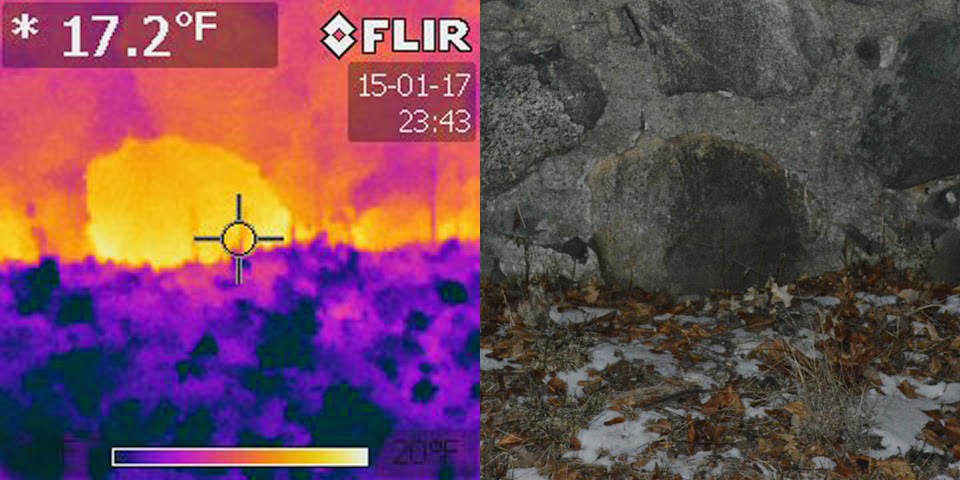What can I tell you, there is no natural gas available on my street and I have not yet jumped into the geothermal camp.
To minimize the amount of fossil fuels consumed at my house, I have done a little bit of work to both track the usage and see that it is well used. Being able to quantify a problem is often the first step in fixing it, and so it is the case with oil consumption.
There are a few of little issues that make tracking oil consumption more difficult than, for example, electricity consumption.
- Timing: The oil tank does not get filled at a consistent time interval. so there is no way to know how much oil has been used in a given month or even year.
- Weather: Most of the fuel oil is consumed in heating my home (the rest goes to hot water). There is significant variation, from one year to the next, in the amount heating is required.
- Price volatility: The price of oil fluctuates quite dramatically, so looking at the bill doesn't reveal much about how the home is performing in terms of efficiency.
Most of these issues are easy enough to deal with, using a little help from Microsoft Excel.
- Time Intervals: Each time the oil guy comes, he fills the tank to the top. So the fill-up days are the only points in time where the fuel usage is know. The fuel that has been consumed, has obviously occurred during the time period between the current fill-up and the previous one.
- Years: But that still makes it impossible to compute how much fuel is consumed in a year. Traditionally, the start of the heating season is considered to be September 1. So the first fill-up after September is considered to be split between two years. The number of gallons consumed between fill-ups is split proportionally between the two years based on the number of days.
- Heating Degree Days: Trying to look at oil consumption based solely on time is very confusing. Because weather is as much a factor as time, the concept of a "heating degree day" was invented. A heating degree day is the product of the number of days and the number of degrees below 65°F on that day. For example, if the average temperature on a given day is 55°F, it is considered to be a 10 HDD. It really makes more sense to compare oil consumed with the number of HDDs.
- 6400 HDD: Now that there is a method to calculate the amount of oil consumed in a year, there is one more problem to address which is that not all years are created equal. For that reason, the data is curve-fit and the amount oil that would have been consumed for a typical 6400 HDD year is computed. Only by normalizing the years to 6400 HDDs can a direct comparison be made from one year to the next.
The figure below shows the amount of oil consumed in the 2008-2009 heating season versus time in days. The curve has an 'S' shape that is due to the days getting colder in the middle of winter. It also has a linear shape in the summer (say after day 250) that represent oil being consumed to produce hot water.
If that same data is plotted against heating degree day, as shown below, the S-curve becomes very straight which makes it much easier to perform curve fitting on. In order to estimate how many gallons would be consumed in a typical 6400 HDD year, a linear curve is fit to the data below and the corresponding number of gallons for 6400 HDD is computed.
Looking at the curves of all the years, as seen in the figure below, is very confusing. But note that in the earlier years (black and gray lines at the top), the oil consumption was much higher than it is more recently (blue curves at the bottom). But normalizing this data to a 6400 HDD year tells the story more simply.

In 2006, my wife contracted with a company to perform air-sealing and install blown-in cellulose insulation in the walls and ceiling. The impact was dramatic. Oil consumption dropped a couple of hundred gallons per year.
Over the next few years, small improvements were made, including
- Three Andersen windows in the master bedroom
- Two Innerglass storms in the guest bedroom
- Insulating the build-in bookcases that abut the garage.
- Insulating the concrete basement walls in the playroom.
- Installed an insulated sidelite panel for the front door.
- Turned down the furnace from 180°F to 140°F to reduce standby loss
- Installed low-flow shower heads and sink aerators
And perhaps just as important, starting in 2009 the two children started heading off to college which reduced the need for hot water. So some significant part of the reduced fuel consumption isn't reduced so much as shifted to another location. But, hey, it makes my graph look good so I'll take it.
In 2012, I installed a solar hot water heater which is detailed in a separate blog "Into Hot Water, Solar Hot Water" This further reduced the oil consumption.
The combined efforts have reduced fuel consumption from over 1200 gallons per year to about 700 gallons per year, which is a big step in the right direction.
Looking forward, I'll be insulating more of the concrete basement walls and eventually get to some of these poorly insulating doors and windows.
















